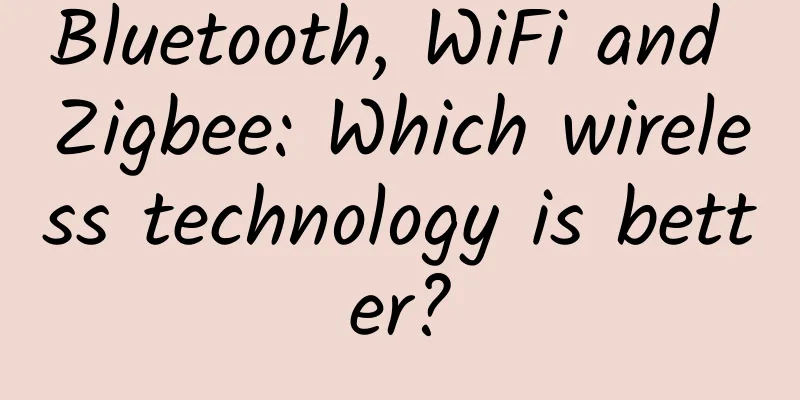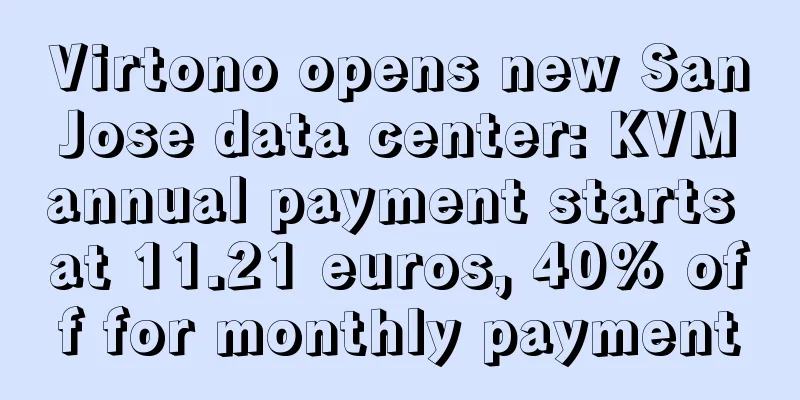Saving Energy in Smart Buildings with PoE Switches

|
This is not something that happened overnight, but over time, smart buildings, including smart homes, are becoming a reality of the future. In the truest sense, a smart building is where everything is connected to each other: security systems, power supplies, and even elevators. This is also known as the Internet of Things. Another way to control energy use and network traffic is through Power over Ethernet (PoE). In terms of saving money, there are solid case studies showing that PoE can significantly reduce the amount of energy required for LED lights. In another case, the combination of IoT and PoE enabled a company to save 177,000 kWh, or $45,000 per year. PoE has other advantages as well. For example, it transmits low-voltage power, which generally reduces the risk of fire. PoE is a valuable new simplified way to connect devices on your network, thus requiring fewer cables, lowering costs, etc. But what exactly is it? Power over Ethernet (PoE) provides both electrical power and data transmission over a single CAT5 or CAT6 Ethernet cable. PoE switches are becoming more common in today's connected world. What are PoE switches and non-PoE switches? How do they compare? Non-PoE Switch Non-PoE switches transmit data over the network; however, they do not supply power. Therefore, additional cables are required. Non-PoE switches require the use of a PoE injector to achieve the same results. Non-PoE switches require both power cords and cables to transmit data. PoE Switch There is a lot of useful information out there about the technology behind PoE switches. Let’s discuss some of the key properties. Using a PoE switch to power your network simplifies connecting devices that are located far from a power outlet. Using Ethernet to power devices is especially beneficial for security cameras, which are often located in hard-to-reach locations. There are a variety of PoE switches on the market that can support a range of ports from 4 to 48, which makes it easy to maintain multiple devices on a network. Some of the devices that a PoE switch can support include lighting systems, smart homes, security cameras, wireless access points, ATM, VOIP, computers, TVs, Ethernet extenders, routers, and more. PoE can transmit data and power over cables up to 100 meters long. This distance is specified by the Ethernet cable, not the PoE switch. However, by using an Ethernet extender, the maximum range can be increased to 4000 feet. PoE switches can support PoE and non-PoE devices on the same network, non-PoE switches cannot support PoE-enabled devices. PoE switches are equipped with advanced encryption features to maintain the integrity of data in transit. Are all PoE switches the same? Not all PoE switches are created equal. In addition to being able to provide power and data transfer to connected devices, some PoE switches also utilize advanced features. PoE switches are available in managed and unmanaged options. Unmanaged PoE switches provide both power and data transmission over the network and are generally cheaper. Managed PoE switches also carry power and data transmission. However, they also provide additional user support such as remote access, error indicators, individual port speed settings, port packet transmission analysis, etc. The type of PoE switch used on the network depends on the location of the PoE switch, the amount of data and power it needs to transfer, and whether additional network analysis tools are required. How much power can a PoE switch provide? The IEEE802.3 Ethernet standard provides specifications for the amount of power supported by each PoE type. The power budgets for the four types range from 15.4W to approximately 100W. These standards guide the data transfer speeds of the different types of Ethernet, as well as other aspects of Ethernet. Type 1 debuted in 2002 and provides 15.4W of power, which can transfer enough data to support basic wifi functionality and biometric access points. The power and data transfer levels increase with each type. Types 3 and 4 both provide 60 to 100W of power and can reliably transfer high-speed data, providing network connections for high-speed wifi, computers, TVs, video conferencing, kiosks, and more. Should you use a PoE switch or a non-PoE switch? PoE switches are more practical in supporting the numerous devices on the network. As the number of Internet of Things (IoT) and connected devices grows exponentially, it is imperative to streamline the process while maximizing the results. PoE switches do not require splitters, injectors, or additional power cords, making them more cost-effective. Fewer wires also make the network more organized. PoE switches are a reliable way to power many essential devices, including security system cameras. PoE switches are a preferred choice for security systems because they are able to reliably power cameras and transfer large amounts of data quickly and securely. A non-PoE switch is just a regular network switch that requires separate cables for power and data. Building and maintaining a network without a PoE switch is expensive, confusing, and less efficient. There are many advantages to choosing a PoE switch for your network. PoE utilizes a two-threaded cable that provides both energy and data transmission. PoE switches come in a variety of port sizes to support systems of all sizes, from smart homes to businesses. PoE switches, along with CAT5 and CAT6 Ethernet cables, effectively establish a stronger and more reliable connection to high-tech power networks. In today’s always-connected world, PoE switches are a practical way to provide power and data connectivity to a wide range of smart devices, including the IoT. |
<<: H3C iMC leads the Chinese network management software market for three consecutive years
>>: What kind of sparks will be created when 5G meets the power grid?
Recommend
What are the advantages of Wi-Fi HaLow? Why is it the future of IoT Wi-Fi?
Connectivity is critical to every aspect of our l...
The core technical principles behind DingTalk document collaborative editing
Some people say that the most profound change tha...
5G mmWave filters: What is the best solution?
As cellular technology evolves, mobile bandwidth ...
[11.11] Maxthon Hosting 6.8% off, US/Korea/Japan/Hong Kong VPS monthly payment starts from 34 yuan, top up 660 yuan and get 110 yuan
Aoyoyun also announced this year's Double 11 ...
A comprehensive review of the main concepts of K8S!
[[392655]] This article is reprinted from the WeC...
Age and technology determine building control lifespan
The average lifespan of an American car is about ...
Analysis | A Deeper Look at Apache Flink’s Network Stack
Flink's network protocol stack is one of the ...
Transitioning from IPv4 to IPv6, you can't miss these knowledge points
[[277315]] Understanding the network model The ne...
[Black Friday] Sharktech High-Defense VPS 50% off, $47.7/year-2GB/40GB/4TB/Los Angeles and other data centers
Sharktech offers special discounts for VPS hosts ...
Are Paxos and Raft not consensus algorithms/protocols?
As a member of the Internet, we are often immerse...
OneTechCloud Hong Kong/Japan/US CN2 GIA 10% off monthly payment and 20% off quarterly payment, optional native IP or high-defense VPS
OneTechCloud is a VPS hosting business that focus...
Bluetooth, WiFi and ZigBee: Which of these three wireless transmission technologies will dominate the world?
[[277331]] There are more and more smart products...
KT is forced to use "Korean speed" to make Gigabit "run" on copper cables
Korea Telecom is using GIGA Wire 2.0 technology t...
The impact of drone technology and use cases
Before we dive into the ways drones can make the ...
Russia launches first ultra-fast 5G network
According to foreign media reports, Russian telec...









